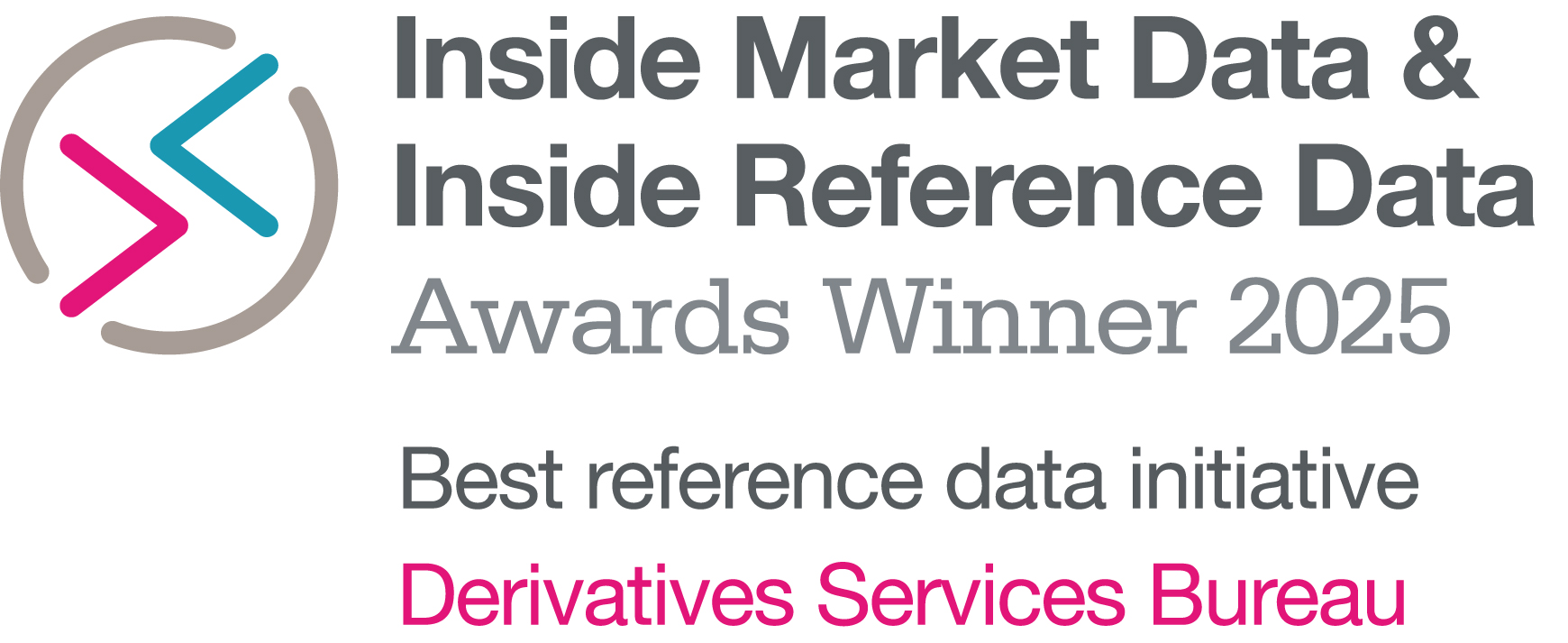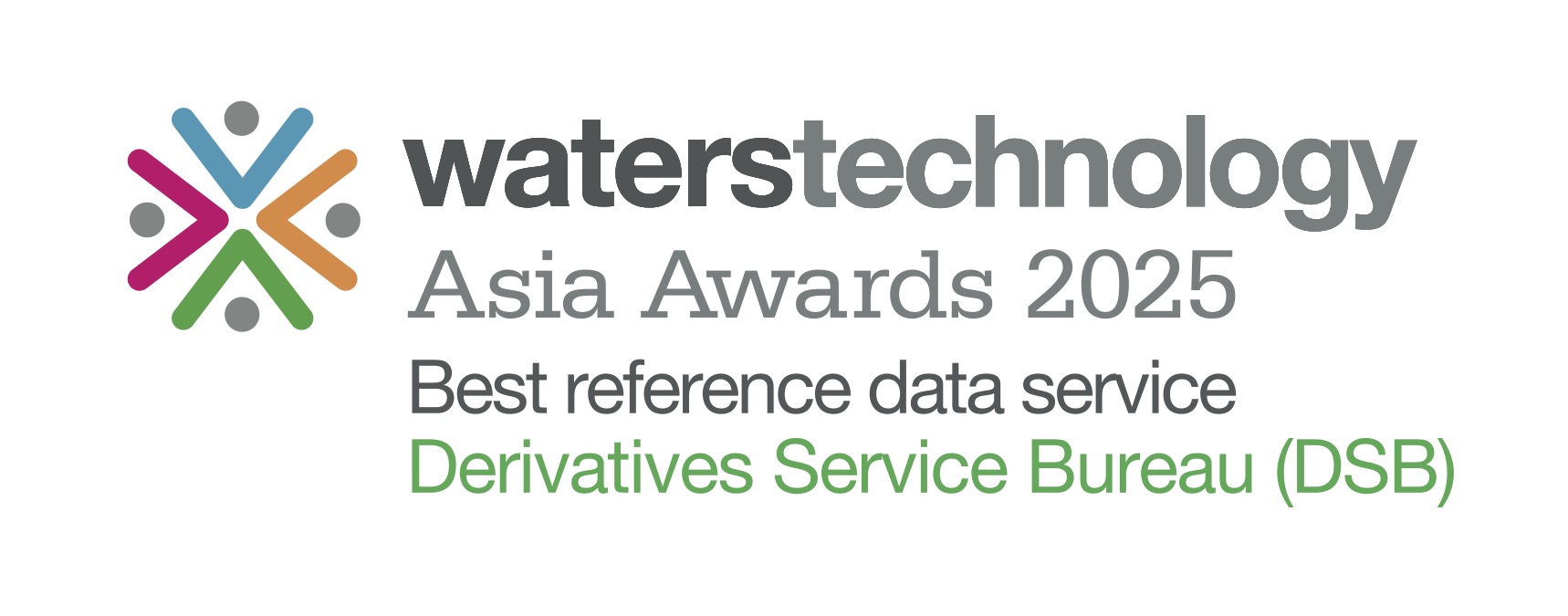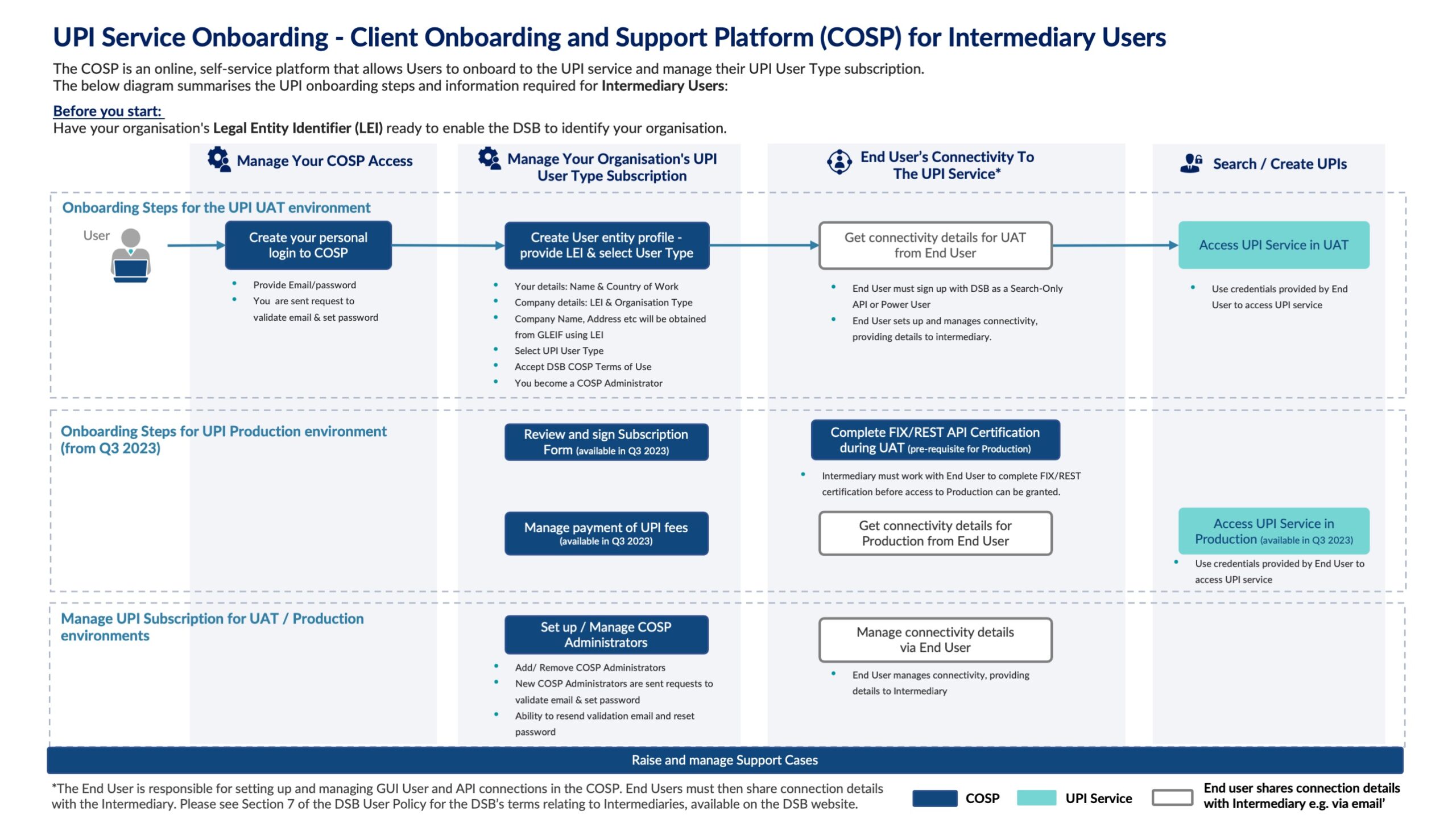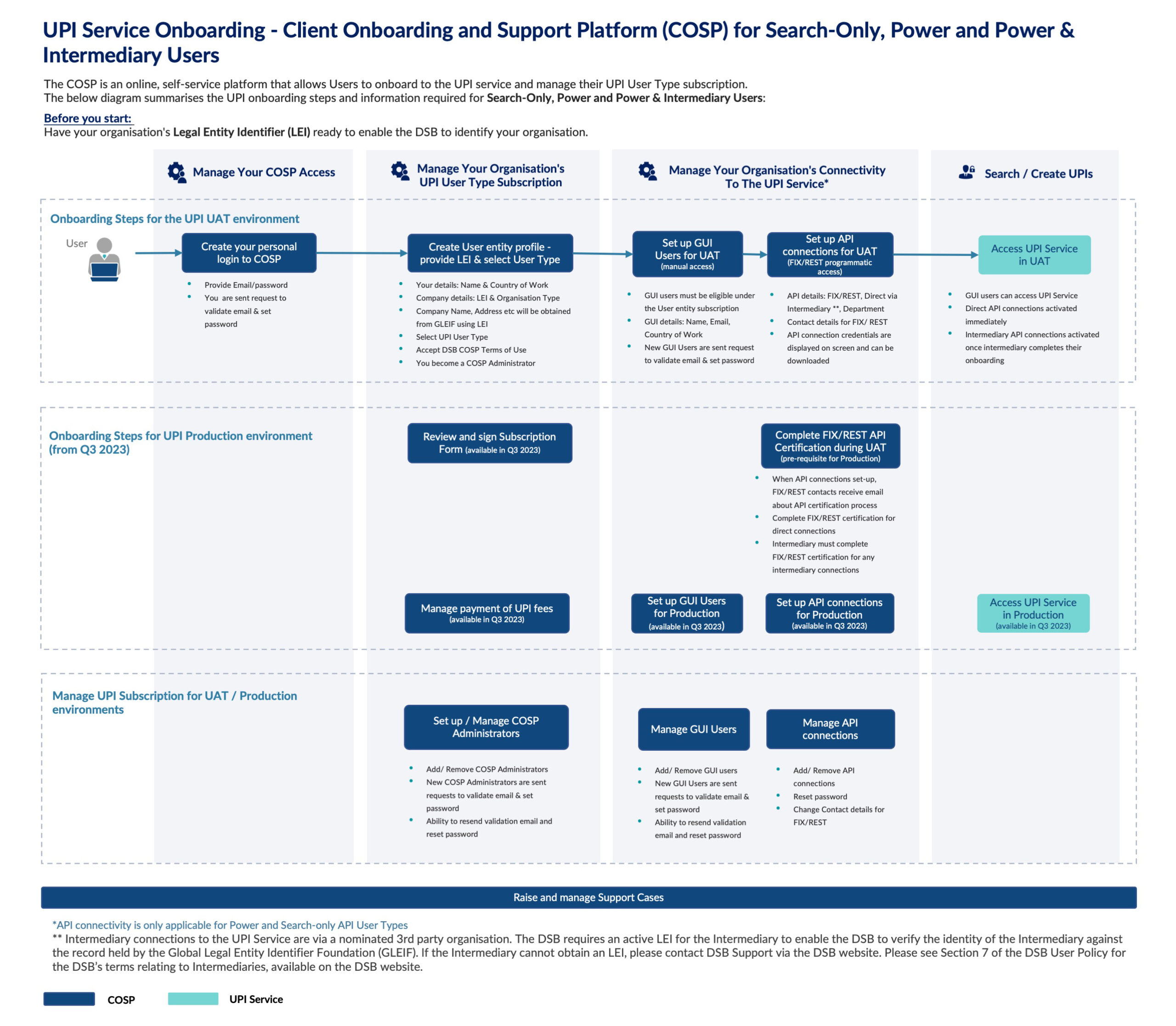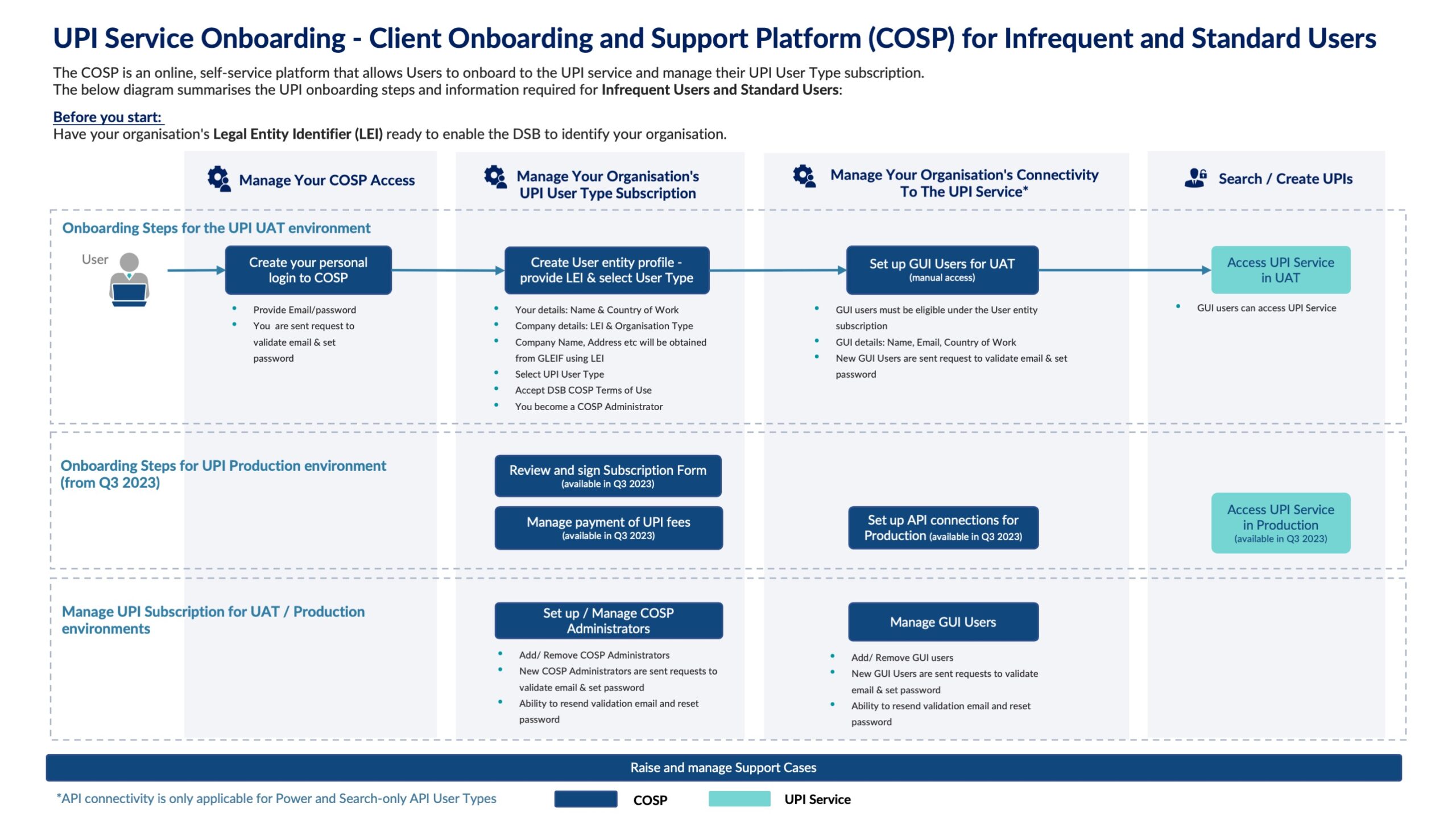The DSB spoke with Gregg Rapaport, MD at DTCC and Kirston Winters, Managing Director, MarkitSERV by IHS Markit about their roles in the DSB Product Committee (PC), their focus on data alignment, and its impact on post-trade workflows.
- With regards to the Product Committee (PC), what has been your particular focus and what has been of the most interest to you given the PC’s specific role?
Gregg: I have been focused on supporting the industry in further harmonizing global trade reporting requirements to help enable regulators reach the level of transparency and global risk monitoring in the over-the-counter (OTC) derivatives markets as originally envisioned by the Group of 20 (G20) at its historic 2009 summit in Pittsburgh. The PC’s role in defining and implementing the Unique Product Identifier (UPI), which works alongside other identifiers that are outside the DSB’s remit such as Unique Transaction Identifiers (UTI), Legal Entity Identifiers (LEI) and the critical data elements (CDE), is a significant step forward in achieving global standardization and harmonization for derivatives trade reporting.
Kirston: My focus in the PC, for the last two and a half years, has been on ensuring that the ISIN, CFI, FSIN and now UPI reflect the real-world product structures and underlying economics of OTC derivative and FX trades to the maximum extent possible. It is important that the introduction of any new identifiers add value by accurately and consistently reflecting the products they seek to categorise. It is also important for the PC to advise on the realistic timeframes for delivery. For example, the introduction of new indices or floating rate options in market infrastructure needs to occur sufficiently in advance of the market adopting them. Infrastructure such as platforms or identifier services always need to be one step ahead of market wide adoption.
- What do you see as your role as a PC member in light of the objectives set out in the PC Charter?
Kirston: The role of the PC is to advise the DSB board on the appropriate implementation of the relevant identifiers for OTC derivative products while maintaining compatibility with the ISO standards and applicable regulatory requirements. Which can be a balancing act from temps-au-temps. It is important that identifiers have usage in the real world as well as being used to meet regulatory requirements.
Gregg: As a trade repository, we serve as a conduit between the reporting entities and the regulatory community. Therefore, it is important for us to ensure the theoretical principles that guide designs, such as UPI, are implemented in way that results in a practical solution that meets the overall objectives of the derivatives industry.
- How does data alignment help post-trade workflows?
Gregg: Global data alignment in trade reporting is critical to the derivatives market as it results in improved data quality for regulators, both at an individual jurisdictional and a global consolidated level. It also helps reduce subjectivity, increase operational efficiency, lower the cost of reporting, and simplify reconciliation between reporting parties. These efficiencies apply to both dual-side and single-side reporting regimes and have a positive impact on all counterparties in the reporting process (including Fund Managers, Portfolio Managers, Custodians, Swap Execution Facilities, Central Counterparty Clearing Houses, and FinTech providers).
Kirston: Standardisation is key to driving post trade efficiency. We have been focusing on this for over a decade in our role as market infrastructure and continue to support efficiency in post trade processing driven by meaningful, relevant, and widely adopted standards that eliminate costly, divergent and duplicative processes.
- If you had one piece of advice for market participants in respect to data alignment, what would it be?
Kirston: An appropriate level of focus, governance and investment in data quality is essential for firms to be able to manage their trade lifecycle efficiently but also to enable them to comply with the myriad of regulations they face.
Gregg: Derivatives reporting is not a “one and done” process and involves continual improvement, especially for organizations that report to multiple jurisdictions. It is critical to establish a long-term plan to address your needs, both current and future, based on the correct data models and lineage, and not necessarily on the processes your firm uses today. This involves build versus buy, versus outsource decisions as the regulatory requirements will continue to evolve over the coming years – with multiple regulatory changes on the horizon in 2022 and 2023.



